Output
Communi.care intervenes the internal transfer service of patients in the FSFB, taking into account shared responsibilities of different actors to breed a positive experience towards the patient, based on the understanding of the different roles and an effective internal communication. In order to do this, four articulated design interventions were created to build a strategic and systemic design solution:
1.Notification System: Is a tangible intervention in the floor space that visualizes information of programming, enlistment and execution of transfers. It indicates when and what type of transfer should be performed, and whether a patient is being prepared or transferred. It works hand to hand with the transfer card.
2. Transfer Card: It is a communication tool that not only contains medical information of the patient to be transferred but also can account for their origin, destination and transfer status. It shows the shared responsibilities of the actors involved in the process, linking the information directly to the corporeality of the patient being transferred.
3. Notification Board: It is a visualization tool that allows the support team and exams assistants prioritize and organize the patient's pick up and transportation, reducing the waiting time after finishing an examination. It also delimits responsibilities at the moment of transmitting the information and activating a notification. This tool returns the autonomy to the support team and works simultaneously with the support network.
4. Support Network: It is the support team’s solidarity network, which reduces the accumulation of patients on the examination areas, through collaborative work and mutual appreciation. it seeks to reduce the accumulation of tasks of particular members of the support team and the several minute patient waiting.


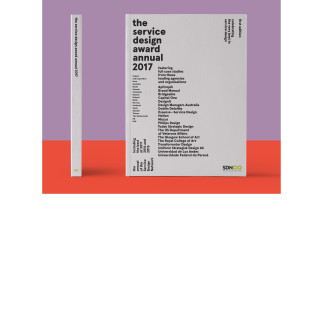
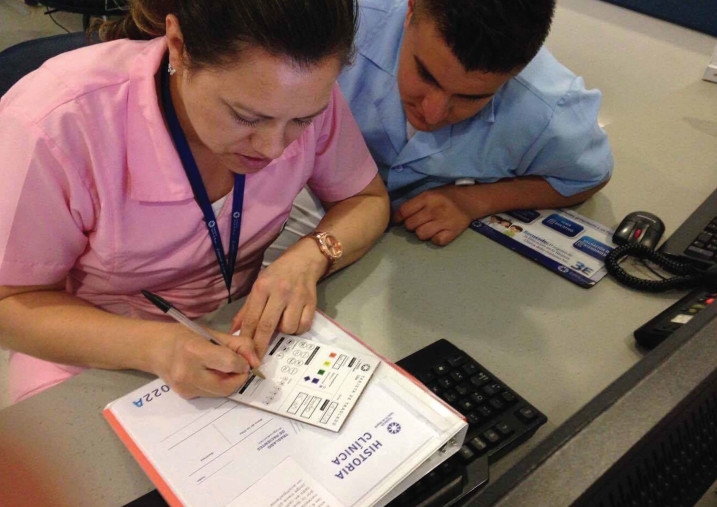
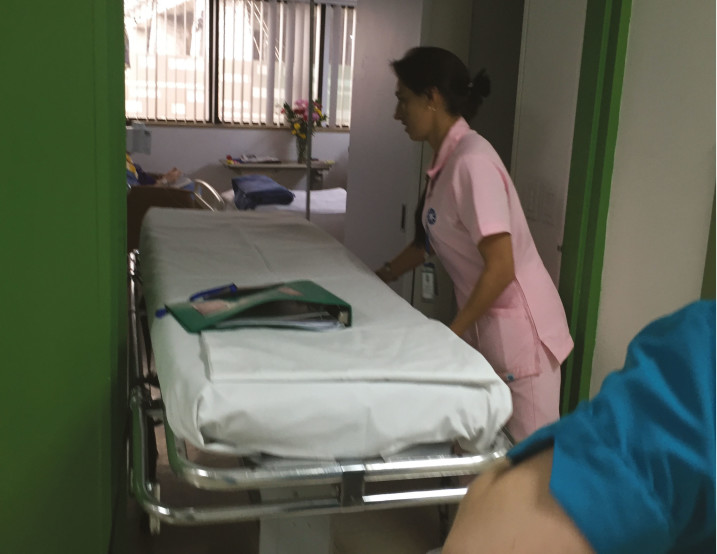
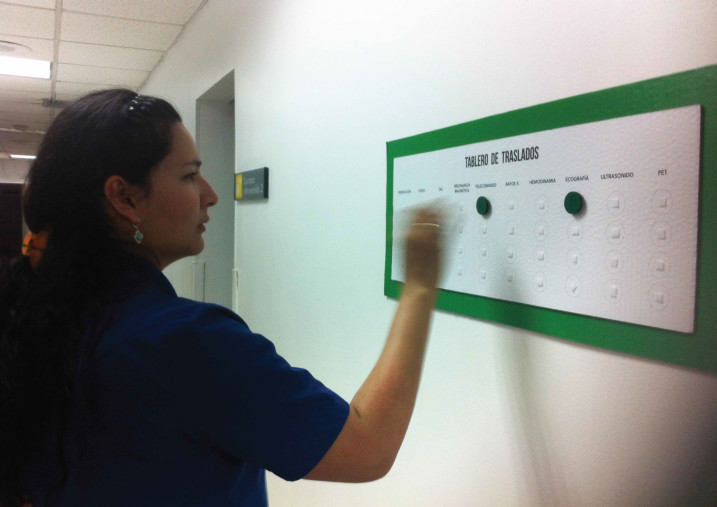
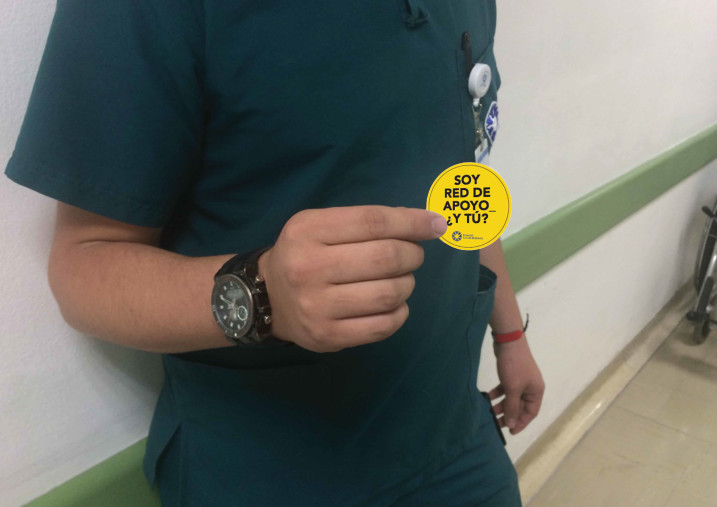
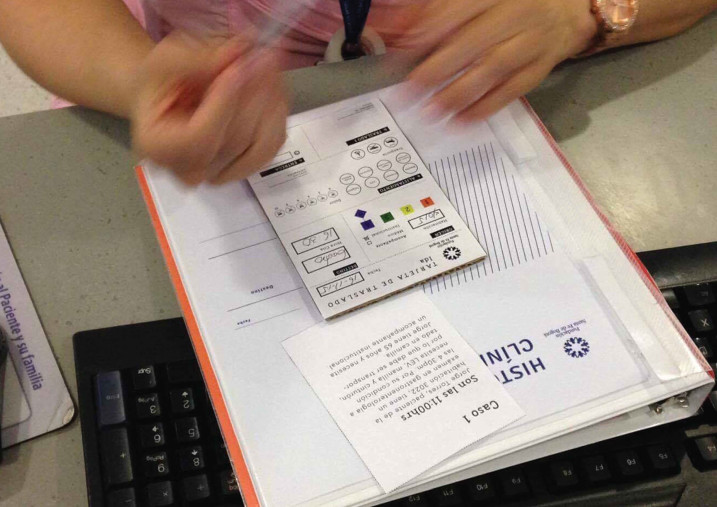
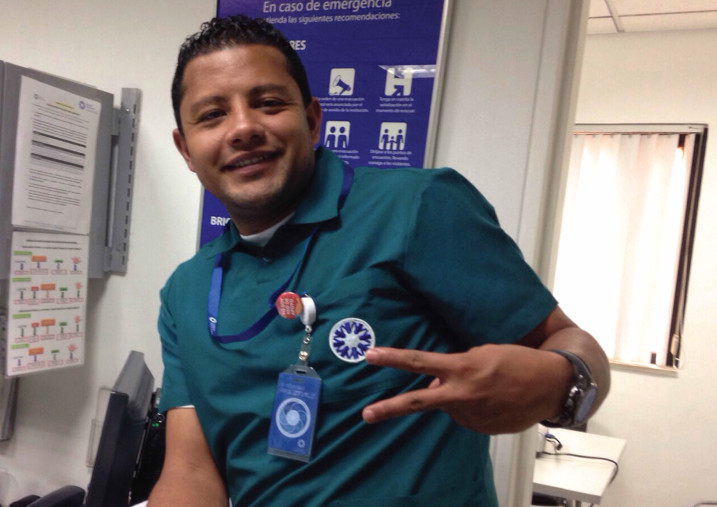
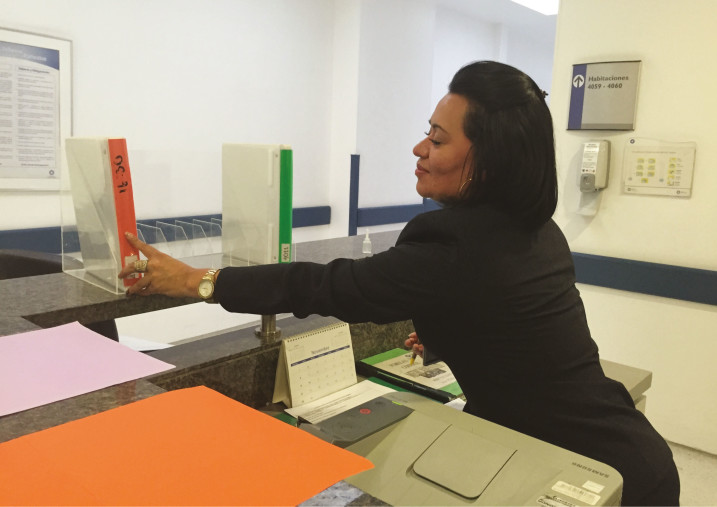
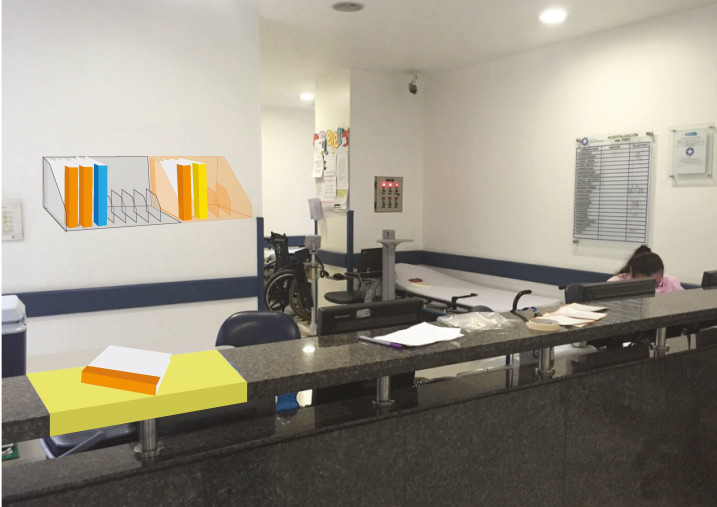

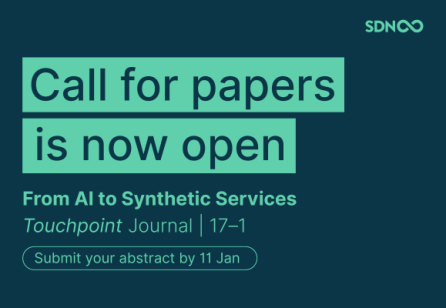



Share your thoughts
0 RepliesPlease login to comment